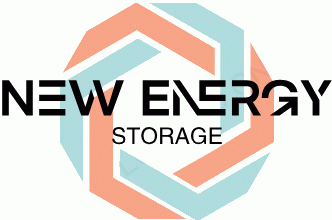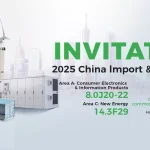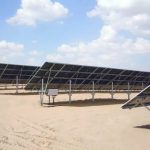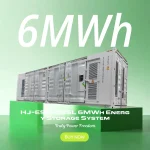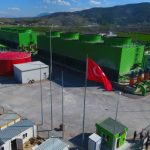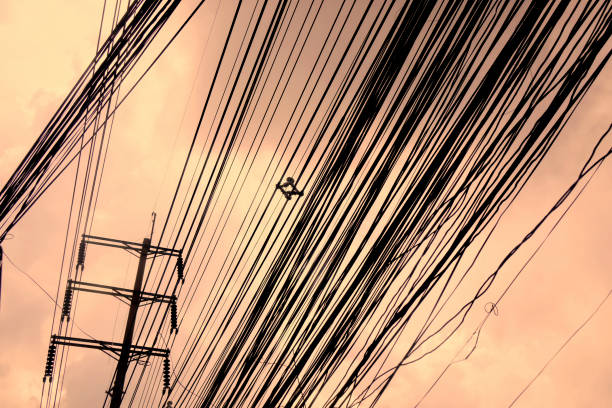Why Nepal’s EV Revolution Needs More Than Just Charging Stations
You’re driving your electric vehicle (EV) through that amazing Himalayan highway in Nepal when all of a sudden your battery indicator light flashes red. No charging stations in sight – just yaks and warp beams. This scenario is not science fiction; it’s a fact of life that Nepal is currently facing as it pushes for new energy sources and transportation. While electric vehicles can promise reduced emissions and energy independence, they lack a robust energy storage system. Having a robust energy storage system solves all the basic problems of an electric vehicle.
The Mountainous Roadblocks: Nepal’s EV Challenges
Nepal’s EV adoption grew 300% between 2020-2023, but here’s the catch:
- ⚡ Intermittent grid power (8-hour daily outages in some regions)
- 🏔️ Extreme altitude affecting battery performance
- 🌧️ Seasonal hydropower variations (60% generation drop in winter)
As solar expert Anjali Sharma puts it: “Our EVs shouldn’t hibernate like bears during monsoon season.” The solution lies in marrying Nepal’s 83,000 MW hydropower potential with cutting-edge energy storage tech [1][6].
Battery Breakthroughs Changing the Game
While lithium-ion remains the EV darling, Nepal’s startups are getting creative:
- 🏔️ Altitude-optimized batteries (functioning at -20°C to 45°C)
- 🔄 Second-life EV batteries repurposed for grid storage
- 💧 Hydro-powered pumped storage projects (30% efficiency boost since 2022)
Real-World Wins: Case Studies Lighting the Path
Case Study 1: The Mustang Microgrid Project
Combining 5MW solar arrays with vanadium flow batteries now powers 20 EVs daily in Upper Mustang – a region previously dependent on yak-carried diesel.
Case Study 2: Kathmandu’s Smart Charging Corridor
Using AI-powered energy storage systems, this network reduces peak load stress by 40% while charging 50 EVs simultaneously. Think of it as a traffic cop for electrons!
The Future Is bidirectional: V2G and Beyond
Nepal’s first vehicle-to-grid (V2G) trial in Pokhara lets EVs:
- 🔋 Charge during hydropower surplus (nighttime)
- ⚡ Discharge power during peak hours (earning owners $0.15/kWh)
This isn’t just tech wizardry – it’s creating an “EV economy” where cars become mobile power banks. As Tesla’s Nepal lead joked: “Soon your Thar might pay its own EMI through energy trading!”
Government Sparks: Policy Meets Innovation
Recent moves shaking up the sector:
- 📉 50% customs duty reduction on energy storage systems
- 🤝 Partnership with India’s EVI (Electric Vehicle Initiative) for tech transfer
- 🔋 New battery recycling standards preventing “Himalayan e-waste”
From Rooftops to Roads: Integrated Energy Solutions
Pioneer projects combining:
- ☀️ Solar-powered EV charging stations
- 🌀 Flywheel energy storage for quick charge bursts
- 📊 Blockchain-based energy trading platforms
As Kathmandu University’s Energy Chair notes: “We’re not just building charging points – we’re creating an entire energy storage-powered ecosystem where every parked EV stabilizes the grid.”
